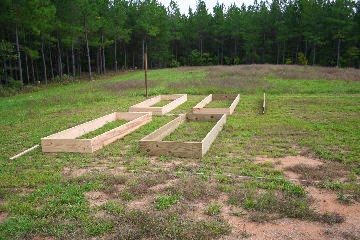Raised Beds and Paths
Constructing Raised Beds

by Jeanne

[…] Designing a Vegetable Garden […]
[…] Designing a Raised Bed Garden […]
[…] in the vegetable garden that collapsed over the winter. You may recall from my previous posts on raised bed vegetable gardening that our garden contains three beds built from untreated lumber, and the remaining beds built from […]
[…] There are so many great tips at Home Garden Joy on the best way to design your raised garden beds. […]
[…] source – Designing A Raised Bed Vegetable Garden Home Garden Joy Elegant Raised Bed Vegetable Garden […]

Are you looking for Christmas gifts for gardeners? This is your holiday gift guide to find the perfect present for that special gardener in your life! I have a lot of experience shopping for Christmas gifts for gardeners, that’s for sure. My dad was an avid gardener, and I delighted in buying him gifts from…

Have you ever wanted to start a vegetable garden, but felt completely lost about what to grow? Here at Home Garden Joy, I specialize in making gardening fun and easy for beginners. Sometimes, the gardening information available is scary. It reads like a cross between chemistry class and a foreign language. Well, I’m here to…

When you improve garden soil, you improve the health of your plants. And, you improve the nutrient quality and quantity of fruits, vegetables, and herbs. There’s an old saying in gardening: The better the soil, the healthier the plants. And the healthier the vegetables, fruits, and herbs you grow in your home garden, the healthier…

Whether you’re new to backyard gardening or just bought your first home and have always longed for the day when you can plant an organic vegetable garden, these tips for starting a backyard garden offer newcomers to the world of gardening useful information to help you be successful. Vegetable gardening doesn’t need to be expensive,…

[…] helps prevent a lot of problems before they start. They’ll grow just fine in containers, raised bed gardens, or garden beds. Add plenty of compost and well-aged manure to the soil and mix it in before […]